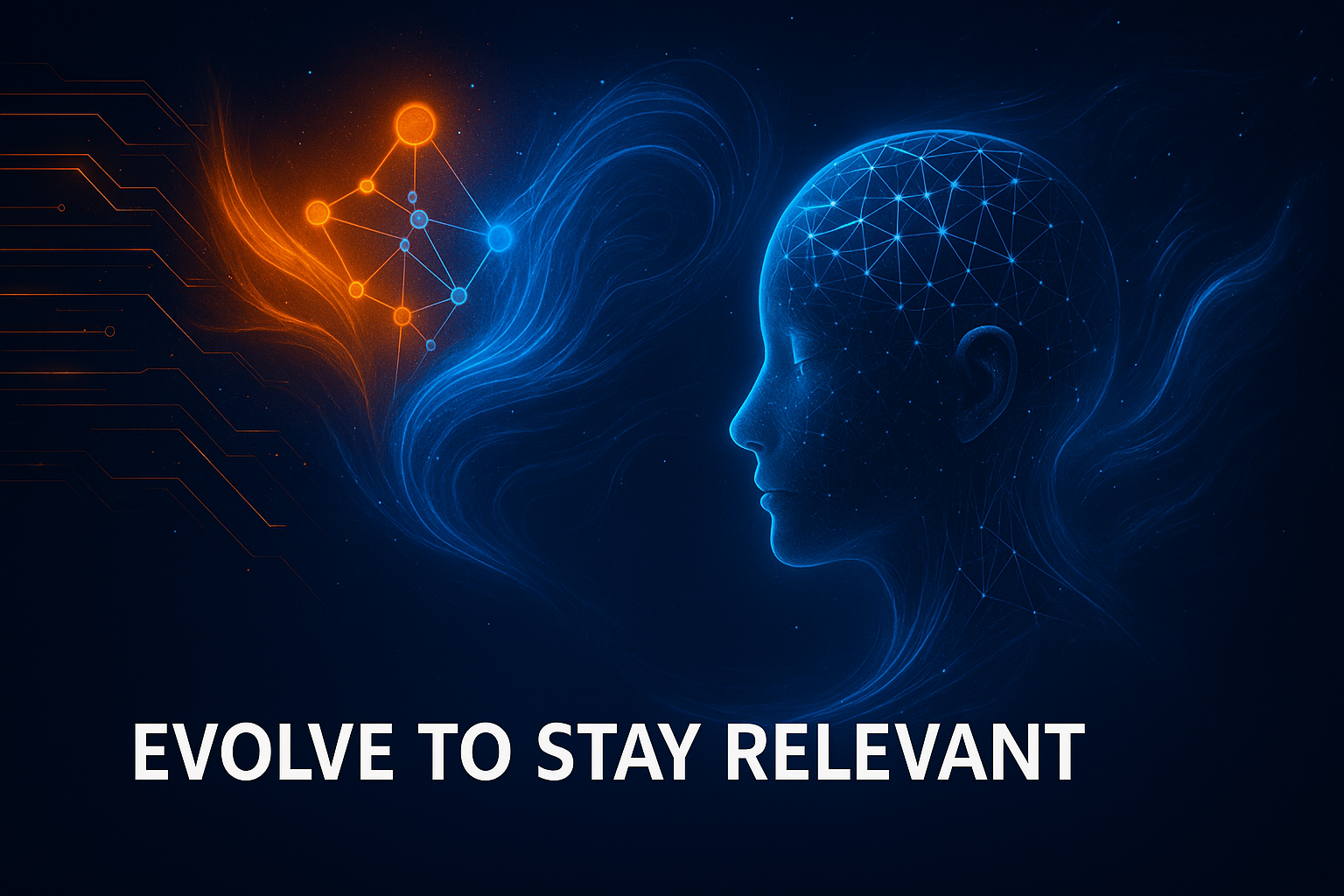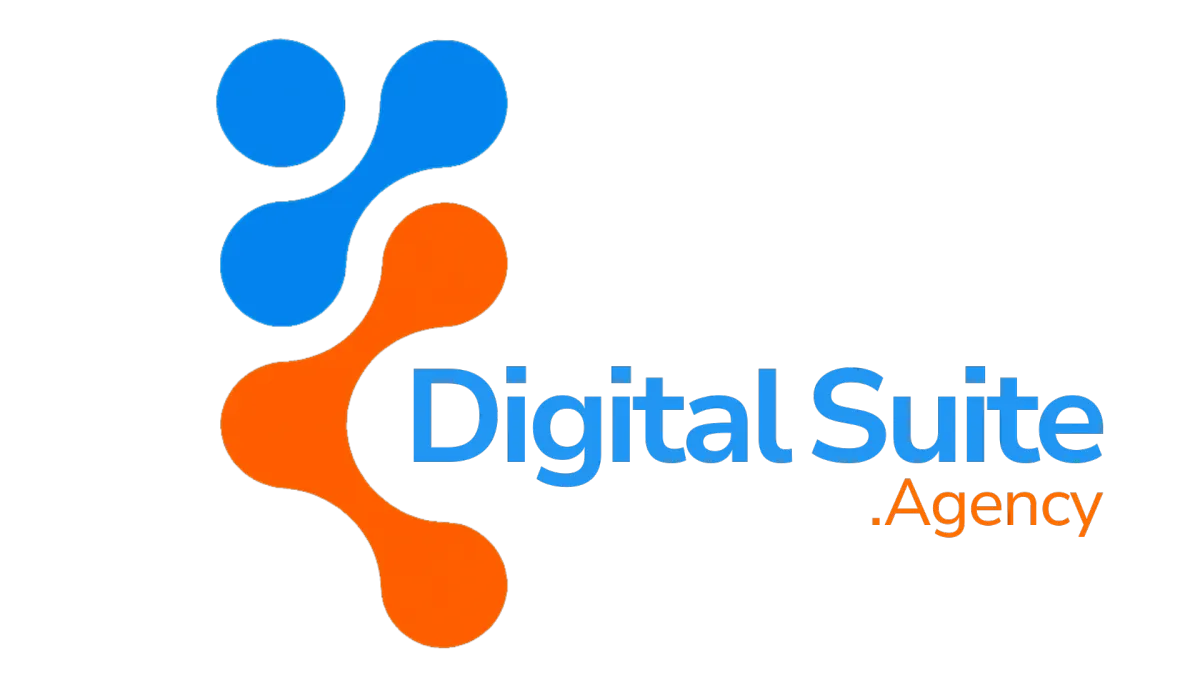
Why Job Board Giants Collapsed Overnight
Irrelevance never announces itself. It accumulates quietly.
CareerBuilder and Monster once commanded the digital recruitment space. Today they're filing for bankruptcy protection, selling off assets worth $50-100 million against liabilities exceeding $100-500 million. The numbers tell a brutal story. CareerBuilder's revenue plummeted to $49.2 million in 2024, down 40% from 2023. Meanwhile, LinkedIn generated $16.37 billion in the same period.
This collapse reveals something fundamental about how professional relationships work in the digital age. Monster and CareerBuilder treated recruitment as a transaction. Post a job, get applicants. Simple inventory management.
LinkedIn understood that trust in professional relationships builds upstream, through visibility and shared expertise over time. Instead of waiting for someone to need a job or hire, LinkedIn became the daily environment where thought leadership and credibility could be observed long before any decision point.
The old platforms saw data as static. LinkedIn saw people as dynamic and designed for ongoing narrative, not one-time listings. That shift from inventory to interaction has made all the difference. A static resume is a snapshot in time: credentials, past roles, achievements. LinkedIn lets professionals actively demonstrate their expertise in real time through thought leadership, commentary and conversations.
For professional service firms used to relying on referrals and word-of-mouth, this means potential clients now pre-qualify them based on what they share, how they think, and how visible they are. Authority and visibility aren't built by listing credentials anymore. They're built through consistent, high-value digital presence. Firms that show up consistently with insight shape trust before the first call happens.
Most legal professionals remain cautious about public sharing. The tension between professional compliance and the need for living expertise creates real hesitation. The solution lies in codifying expertise into clear, educational content that adds value without crossing compliance boundaries.
Take a boutique employment law firm that regularly walked corporate clients through structured internal audits to prevent wrongful termination claims. This workflow was second nature to them but completely invisible to potential clients.
By transforming that private process into a public-facing "Termination Risk Checklist" and LinkedIn article on "Hidden Liabilities in Your Firing Process," they demonstrated leadership without giving legal advice. Within weeks, they were fielding inbound inquiries from HR professionals who said, "I didn't even know we needed this."
The most successful professional service firms create their own "daily environment" by turning expertise into an ecosystem of consistent, automated content touchpoints. This means showing up with helpful thinking regularly, not just when pitching services.
AI tools can extract knowledge and repackage it across multiple platforms in the firm's authentic voice, turning passive credibility into active visibility. Over time, this builds the same ambient trust LinkedIn enables, but through channels the firm owns and controls.
The data supports this approach. Active LinkedIn business pages that post weekly witness 5.6 times more follower growth, while thought leadership posts get 3 times more shares. The next evolution moves from broadcasting to mirroring, where content doesn't just speak at an audience but reflects their context, needs and decision stage in real time.
Instead of professionals shouting into the void, their expertise will show up in personalized, adaptive formats that are automated but deeply human in tone. Imagine a legal firm where AI doesn't just post updates, but anticipates client questions, curates answers, and surfaces trust-building proof at the moment of relevance.
In that world, the most valuable asset won't be follower count but how well expertise has been translated into a living, responsive system.
The defining characteristic separating firms that thrive from those that get left behind will be operationalized visibility. This means the ability to consistently turn expertise into discoverable, trust-building digital touchpoints.
Firms that succeed won't just post occasionally or rely on personal networks. They'll systematize how they show up, educate, and stay top-of-mind in their niche. This requires using AI not just for efficiency but to amplify insight, package it smartly, and distribute it strategically. Meanwhile, firms that cling to static credentials or ad-hoc content will struggle to stay relevant.
The biggest barrier preventing professional service firms from making this leap is the deeply ingrained belief that expertise only has value when protected. Many professionals still equate visibility with vulnerability, fearing that sharing too much will eliminate their competitive edge or invite scrutiny.
But in today's market, invisible expertise is irrelevant. If people can't find it, trust it and learn from it before they ever meet you, you're out of the running. Sharing doesn't dilute authority. It compounds it. The moment professionals realize their brilliance can work for them while they sleep, that mental shift takes root.
Professional service firms watching the Monster and CareerBuilder collapse might think, "That could never happen to us." But markets evolve, clients change how they vet expertise, and attention shifts to where value is being shared, not just stored. Future-proofing isn't about panic. It's about presence.
The firms that build living expertise systems will capture the attention and trust that traditional approaches can no longer guarantee. In this next era, visibility isn't vanity. It's infrastructure.
The choice is clear: evolve into an ecosystem or risk becoming the next cautionary tale.

